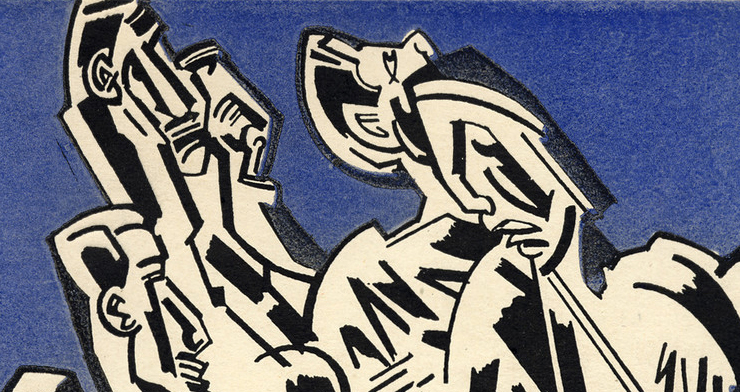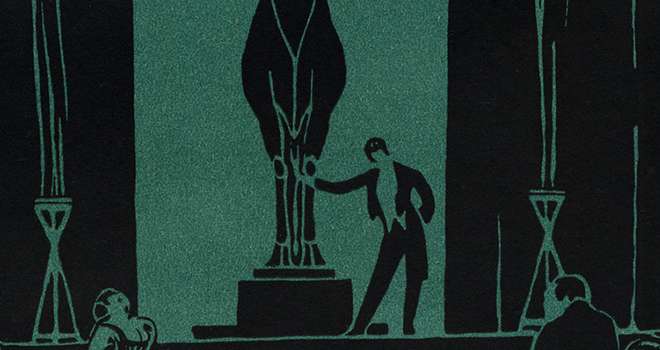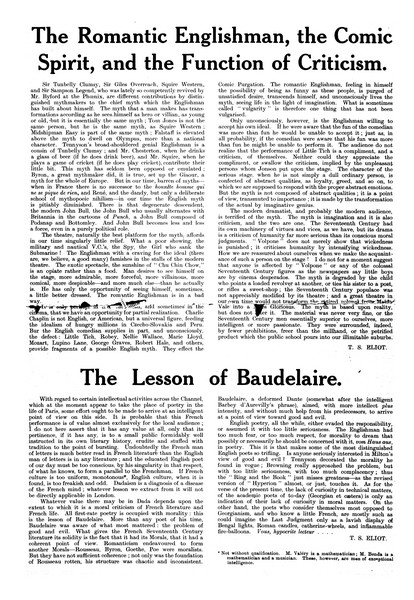Considerations in La Nouvelle Revue Française
Submitted by David Ball on Thu, 02/10/2011 - 13:25In the first issue of La Nouvelle Revue Française, Jean Schlumberger provides a mission statement. Unlike Wyndham Lewis' Manifesto, Schlumberger's is much quieter, and taken from a position of a sort of intellectual responsibility. He begins by pointing out that artists are faced with two considerations: those of taste or fashion, which are continually changing, but continually renewing over the course of centuries; and the more difficult considerations essentiels, in which the artist ("dans les moments les plus décisifs de sa vie) compares their own work to the canonical pantheon of past "masters," and utilize past rubrics of artistic "genius."
Schlumberger says that the difficulty of these questions draws together artists who agree on a certain set of answers, into literary groups. The strength of these groups, however, is dependent on agreement over a body of work which they recognize to represent their artistic ideals. So when something new comes along, like free verse for example, there must be a break from the old rules in order to allow new standards for new forms of expression.
This piece echoes much of our discussion from Tuesday, exemplifying the French spirit of renewal. Unlike the British sentiment to build on past traditions, Schlumberger asks the reader of this magazine to be open to styles and methods that will at first seem unfamiliar. In true French fashion, the piece ends insisting conservation of the purity of the French language, even while new stylistic choices are being made. Thus, even the break from tradition is coupled with some sense of cultural superiority. Conversely, the British possess this same sense of tradition in the recognition of past works of art, while the English language is constantly manipulated to fit the fashion of the time-period.




